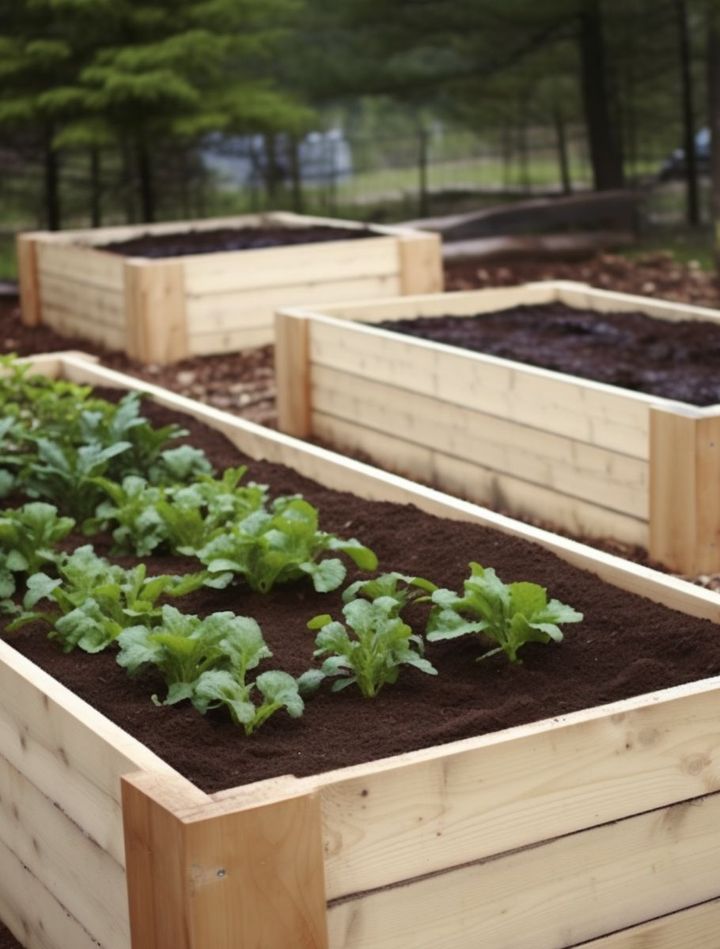Raised bed gardening is a popular and efficient method for growing vegetables, herbs, and flowers in a controlled environment. These elevated planting areas offer numerous advantages, such as improved drainage, reduced soil compaction, and better accessibility.
However, despite its apparent simplicity, many gardeners make avoidable mistakes that can impact the success of their raised bed gardens. In this article, we will explore the ten most common mistakes and provide tips on how to avoid them.
Choosing the Wrong Location:
Mistake: Placing raised beds in a shady area can limit sunlight exposure, leading to poor plant growth and low yields.
Solution: To avoid this mistake, take the time to observe your garden throughout the day to identify the sunniest spot. Ideally, the raised beds should receive at least 6-8 hours of direct sunlight daily. Avoid areas shaded by tall trees or buildings that may block sunlight. Also, consider the direction of prevailing winds, as strong winds can dry out the soil quickly and stress your plants. If possible, locate the beds in a sheltered area.
Neglecting Soil Quality:
Mistake: Filling raised beds with poor-quality soil lacking essential nutrients.
Solution: To create nutrient-rich soil in your raised beds, prepare a balanced growing medium. Mix equal parts of garden soil, compost, and aged manure. You can also add additional organic matter like leaf mold or peat moss to enhance soil structure and water retention. Test your soil before planting to ensure it has the right pH and nutrient levels for the plants you intend to grow.
Overwatering or Underwatering:
Mistake: Inconsistent watering practices can stress plants and hinder their growth.
Solution: Install a drip irrigation system in your raised beds to ensure consistent watering. Drip irrigation delivers water directly to the plant roots, reducing the risk of overwatering or underwatering. Alternatively, use a soaker hose or hand watering with a watering can. Check the soil moisture regularly by sticking your finger into the top inch of soil. Water only when it feels dry.
Ignoring Crop Rotation:
Mistake: Planting the same crops in the same raised beds year after year can lead to nutrient depletion and increased pest and disease pressure.
Solution: Create a crop rotation plan to avoid planting the same crops in the same beds year after year. Divide your crops into different plant families and rotate them accordingly. For example, don’t plant tomatoes, peppers, or eggplants in the same bed for consecutive seasons. This practice helps prevent soil-borne diseases from building up and ensures balanced nutrient uptake by different plants.
Overcrowding Plants:
Mistake: Planting too many crops too close together can result in stunted growth and increased competition for nutrients.
Solution: Follow the recommended spacing guidelines for each plant species. Giving plants adequate space allows them to grow properly and reduces competition for water and nutrients. Proper spacing also promotes better airflow, which can help prevent the spread of diseases.
Using Improper Planting Depth:
ADVERTISEMENT

